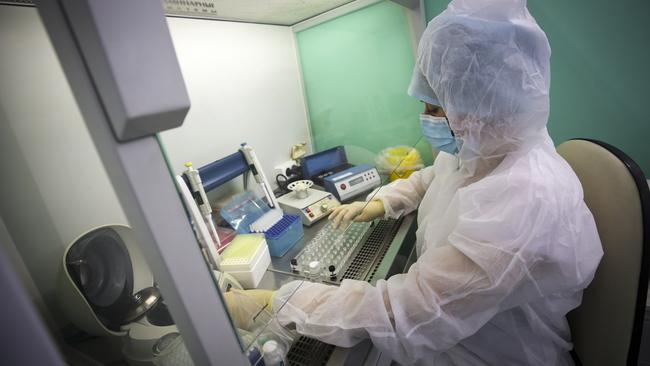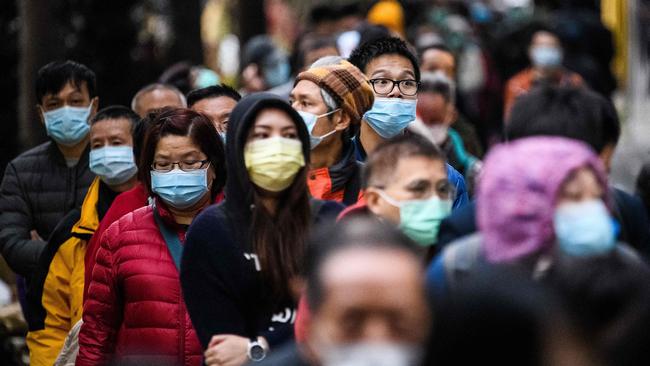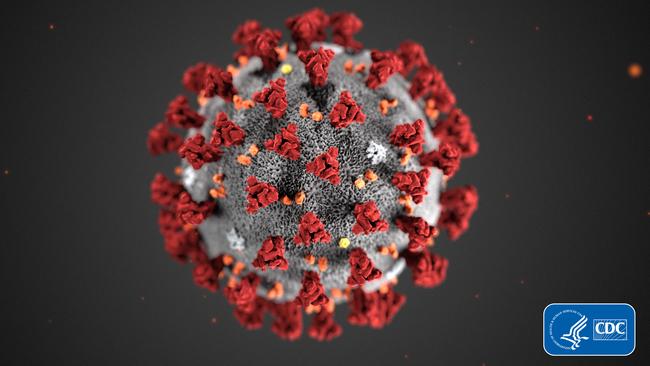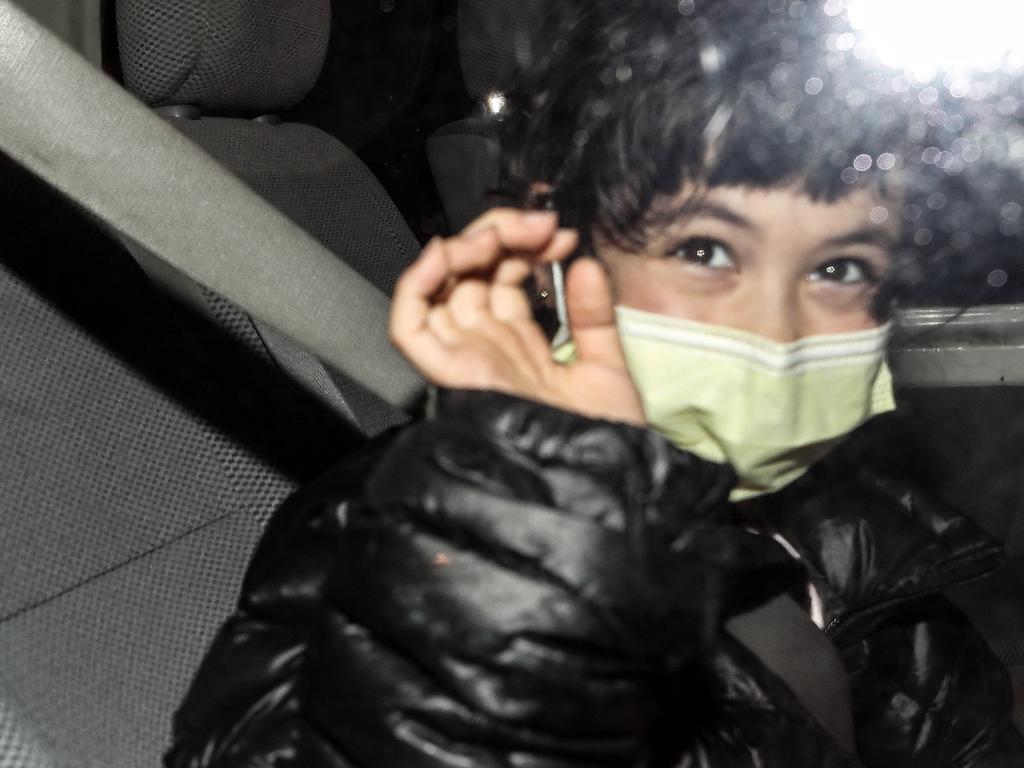Coronavirus infections ‘will double every six days’
Scientific modelling has predicted the number of coronavirus cases confirmed in China will double every six days.

Scientific modelling has predicted the number of coronavirus cases confirmed in China — estimated to be far in excess of what has been publicly reported — will double every six days, with some experts predicting the virus will never be contained.
The Lancet has estimated that as of January 25, as many as 75,815 people could have been infected with coronavirus in Wuhan — a number that far eclipses the total number of cases reported in China to date of 24,324.
Based on The Lancet’s estimated doubling time of 6.4 days, close to 300,000 people in Wuhan alone could now be infected with coronavirus. That was based on modelling which indicated each infected person would infect an average of 2.68 others.
Despite the high numbers, the respected scientific journal estimated the Wuhan epidemic would peak in April if there was no reduction in transmissibility.

In an alarming development, a 30-hour-old infant born in a children’s hospital in Wuhan, China, has become the youngest person to catch the new coronavirus. The newborn’s mother has the coronavirus, the South China Morning Post reports.
The baby’s case raises the possibility that the new virus could jump from person to person via vertical transmission, or when a person passes a virus to their child in the womb, during childbirth, or via breast milk.
An infant in #Wuhan has tested positive for the novel #coronavirus just 30 hours after birth, said the city's children's hospital, raising concerns that infection could be contracted in the womb pic.twitter.com/j8FIdqKgAS
— People's Daily, China (@PDChina) February 5, 2020
Australian mathematical modeller Nic Geard said the aim of public health measures was to contain the virus before it reached a peak, but if the modelled predicted peak cases of the virus were borne out, there could be a natural decline in the spread of the virus.
“In the initial stages you’ve got a population where everyone is susceptible and you’ve got a couple of infected people,” said Dr Geard, a senior lecturer at the University of Melbourne’s School of Computing and Information Systems. “Those infected people are meeting lots of susceptible people and they have lots of opportunity to spread the infection to those susceptible people.
“As the epidemic progresses, the number of infected people increases, but at the same time some of those infected people are recovering so they’re no longer available to be infected.
“The proportion of susceptible people in the population is decreasing and so the rate at which infected people can infect new susceptible people starts to decrease, and eventually the transmission chain simply can’t sustain itself and the outbreak dies out. It depends how transmissible the infection is (when) that happens.”

But infectious disease expert Ian Mackay is less optimistic the novel coronavirus outbreak would peter out, saying the disease was likely to become endemic.
“The virus is well-integrated throughout multiple provinces in China, there are hundreds and hundreds of cases right across the country,” said Professor Mackay, a clinical virologist at the University of Queensland’s Australian Infections Disease Research Centre.
“We have a source of cases that are going to keep transmitting both within China among millions of susceptible hosts and outside of China continuously. We’ve seen in the past few weeks how much travel to China is integrated into our entire global world.
“So at the moment we’re seeing cases spit out in different countries, they seem to be controlled largely, time will tell whether that keeps going, but I suspect we’re going to keep being presented with new cases for a long time and it might be that this virus becomes endemic.”
Professor Mackay said travel bans were unlikely to stop the spread of the virus.
“Travel bans will delay the spread of an infectious virus but they won’t stop the spread unless they are absolute. And we can’t absolutely stop travel in a globally interconnected world.
“The virus is going to spread and it’s going to continue to cause these sorts of economic and social impacts and we need to try and manage them as best we can.”
More Coverage









To join the conversation, please log in. Don't have an account? Register
Join the conversation, you are commenting as Logout